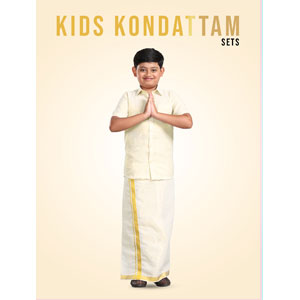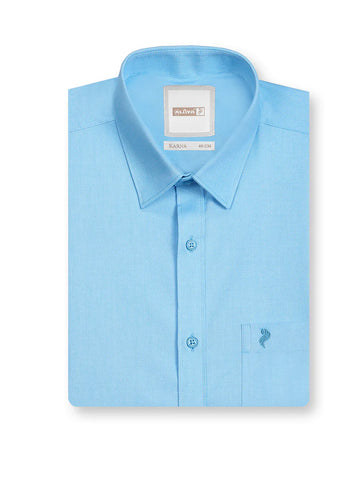When it comes to choosing the right sleeping arrangement for a newborn, parents often consider various options like cribs, bassinets, and cloth cradles. Among these, cloth cradles, also known as Baby Thottil in many Indian households, have been used for generations in many cultures. But are they good for babies? Let’s explore the benefits, drawbacks, and safety tips to help you make an informed decision.
Benefits of a Cloth Cradle
1. Comfort and Softness
A cloth cradle or Baby Thottil is made from breathable fabric, making it softer and more comfortable compared to wooden or metal cribs. The gentle rocking motion mimics the womb's movement, which can help soothe the baby and promote better sleep.
2. Promotes Better Sleep
The swinging motion of a cloth cradle can help babies fall asleep faster and stay asleep longer. This is particularly beneficial for newborns who need a lot of rest in their early months.
3. Portable and Space-Saving
Unlike traditional cribs, cloth cradles are lightweight and easy to move. This makes them ideal for small apartments or for parents who want to keep their baby close at all times.
4. Good Air Circulation
Since cloth cradles are made of breathable fabric, they allow better airflow around the baby, reducing the risk of overheating, which is a common concern with some traditional cribs.
5. Traditional and Affordable
Many families, especially in India and other Asian countries, have been using Baby Thottil for centuries. They are often more affordable than wooden or metal cribs, making them a budget-friendly choice.
Drawbacks of a Cloth Cradle
1. Limited Use
Cloth cradles are usually designed for newborns and small infants. As babies grow and become more active, they may outgrow the cradle quickly, making it necessary to transition to a crib or bed.
2. Safety Concerns
Improperly installed or poorly designed cloth cradles may pose a risk of falls or suffocation. Parents should ensure the cradle is securely attached and has proper support to prevent accidents.
3. Not Suitable for All Babies
Some babies may not find cloth cradles comfortable, especially if they prefer a firmer sleeping surface. Pediatricians often recommend a flat, firm mattress to reduce the risk of Sudden Infant Death Syndrome (SIDS).
Safety Tips for Using a Cloth Cradle
-
Ensure Proper Installation: Always follow the manufacturer’s instructions and make sure the cradle is securely attached to a sturdy support.
-
Use a Firm Mattress: Avoid overly soft or thick padding that can increase the risk of suffocation.
-
Check for Wear and Tear: Regularly inspect the fabric and stitching for any signs of damage to prevent accidents.
-
Do Not Overload: Stick to the recommended weight limit to avoid straining the cradle’s support system.
-
Keep the Sleeping Area Clear: Avoid placing pillows, stuffed toys, or loose blankets in the cradle to prevent suffocation hazards.
Conclusion
A cloth cradle or Baby Thottil can be a great sleeping option for newborns, offering comfort, better sleep, and a space-saving design. However, parents should be mindful of safety concerns and ensure proper installation and usage. If used correctly, a cloth cradle can be a safe and cozy sleeping space for your little one.
FAQs
1. Is a cloth cradle safe for newborns?
Yes, a cloth cradle can be safe if installed correctly and used following safety guidelines.
2. Until what age can a baby use a cloth cradle?
Most cloth cradles are suitable for babies up to 3-6 months, depending on their weight and activity level.
3. Does a cloth cradle help with colic?
The gentle rocking motion of a cloth cradle may help soothe colicky babies by mimicking the movement of the womb.
4. Can I use a cloth cradle instead of a crib?
A cloth cradle is suitable for newborns, but as the baby grows, transitioning to a crib or a firm mattress is recommended for long-term use.
5. How do I clean a cloth cradle?
Most cloth cradles come with removable and washable fabric. Regular washing helps maintain hygiene and keeps the sleeping environment safe for the baby.








